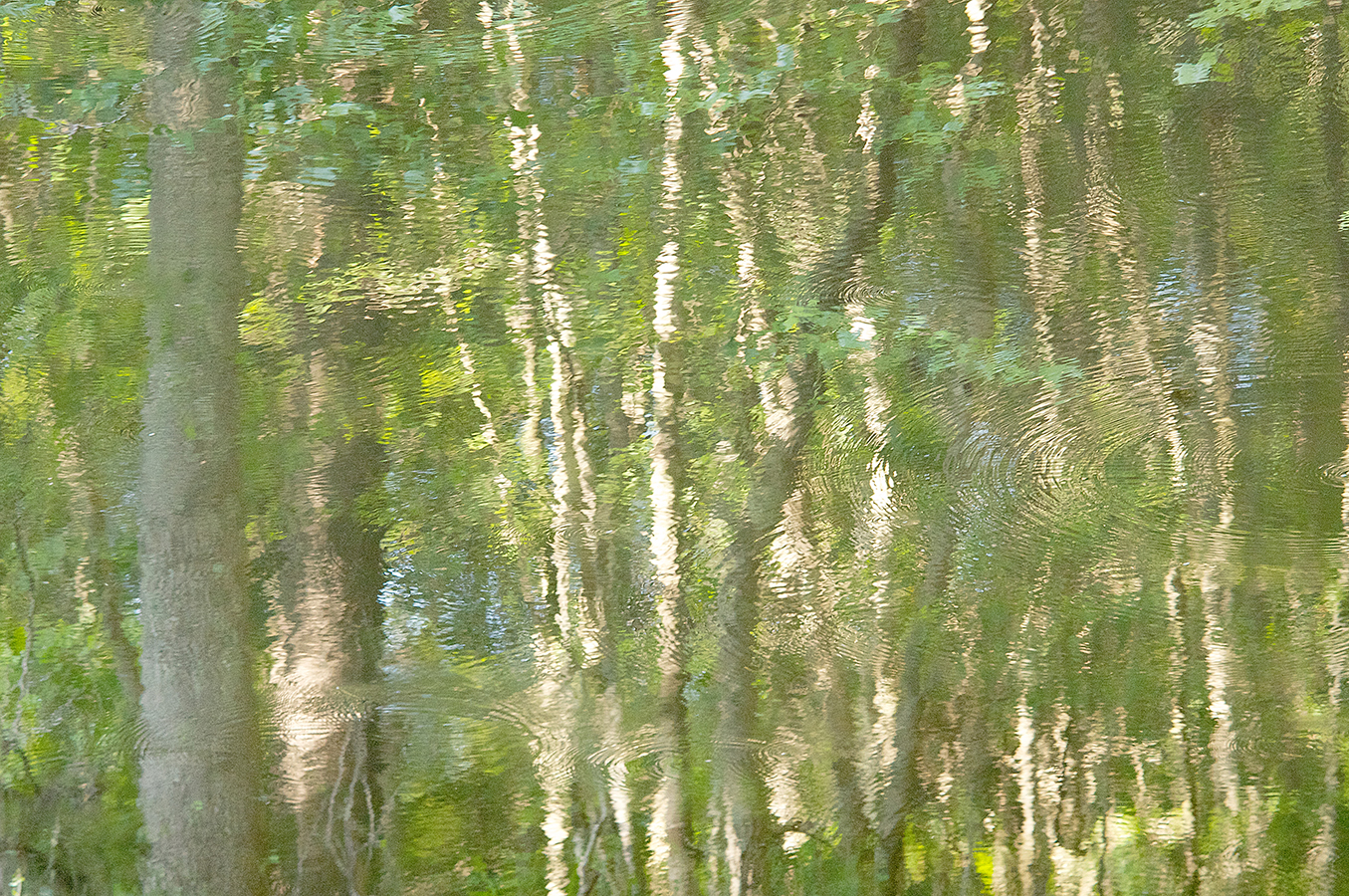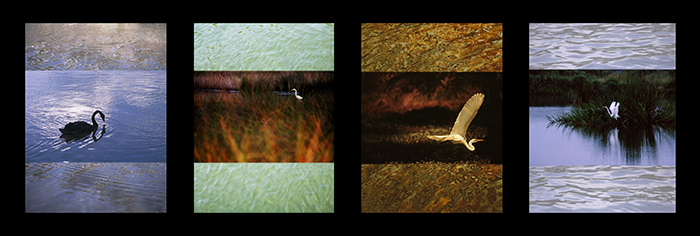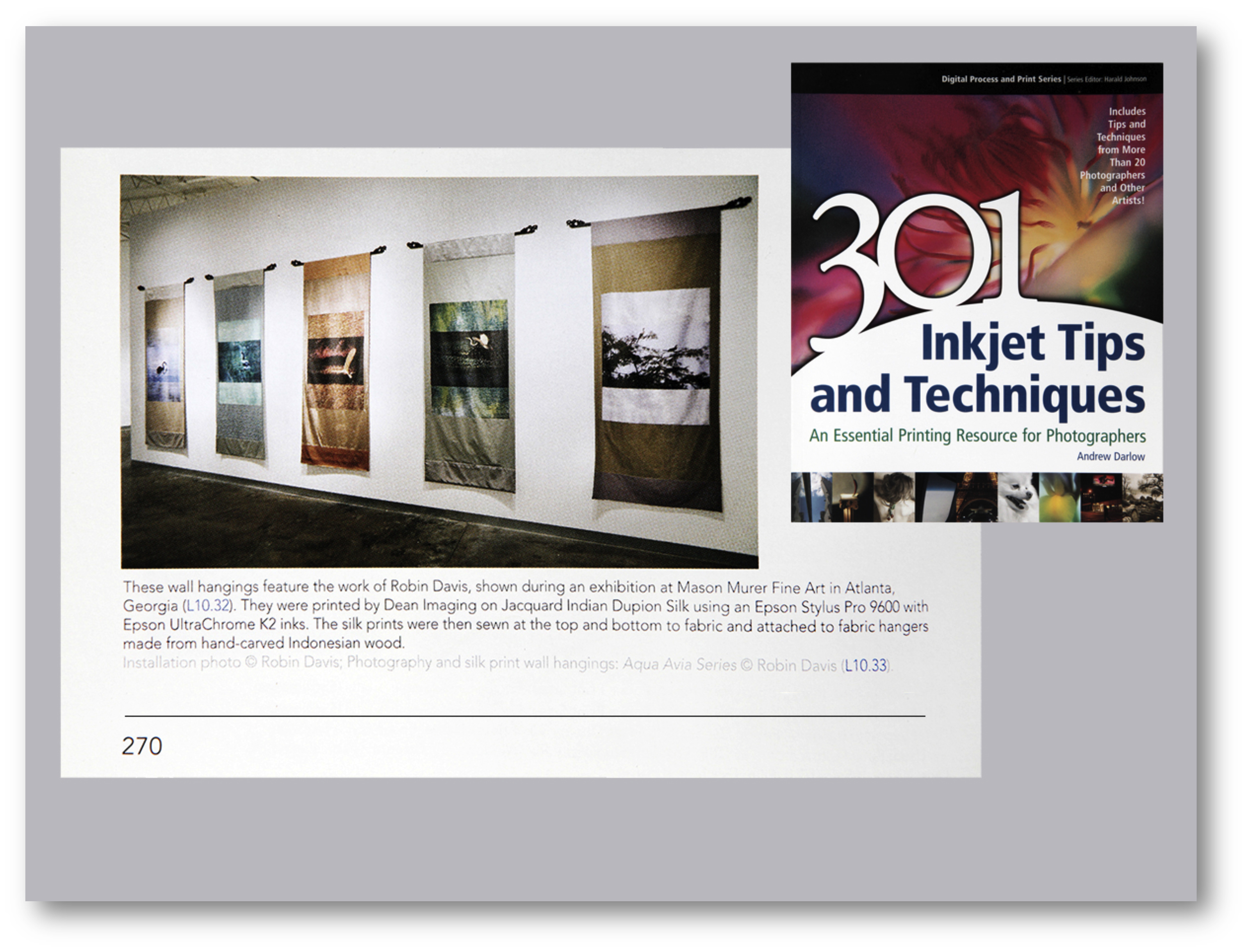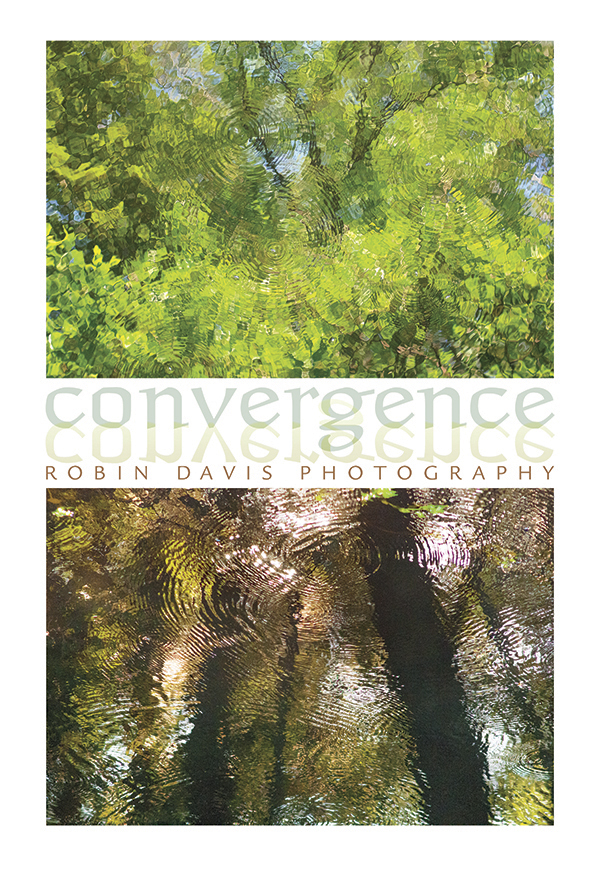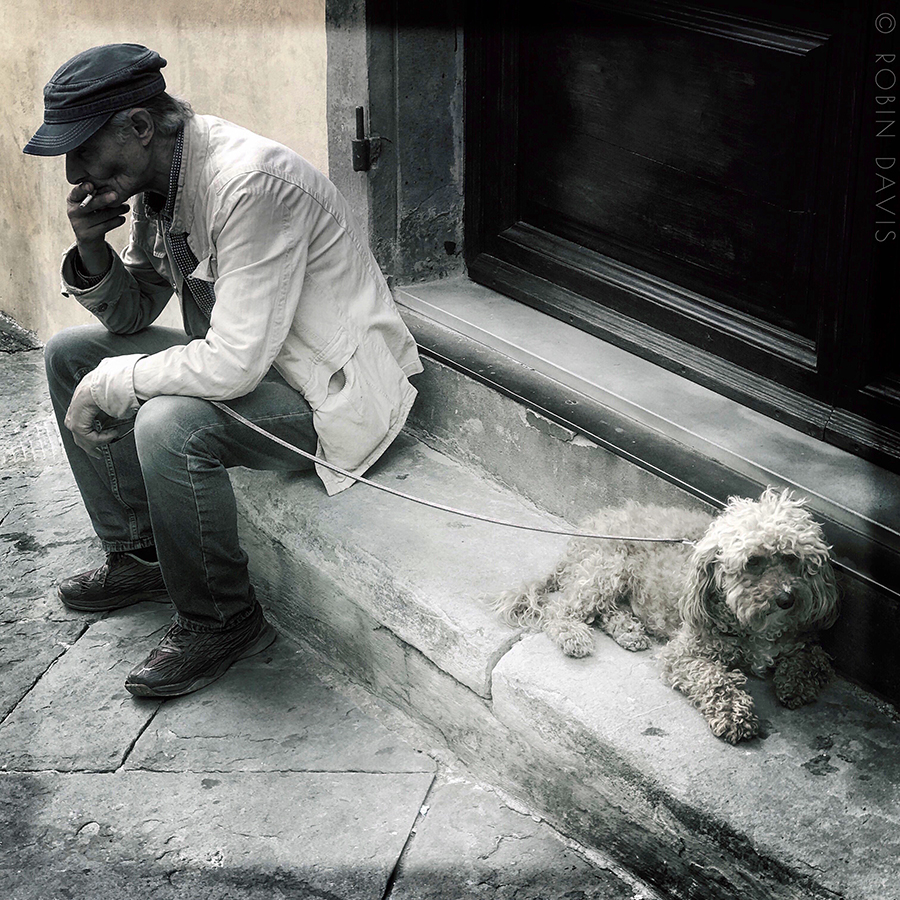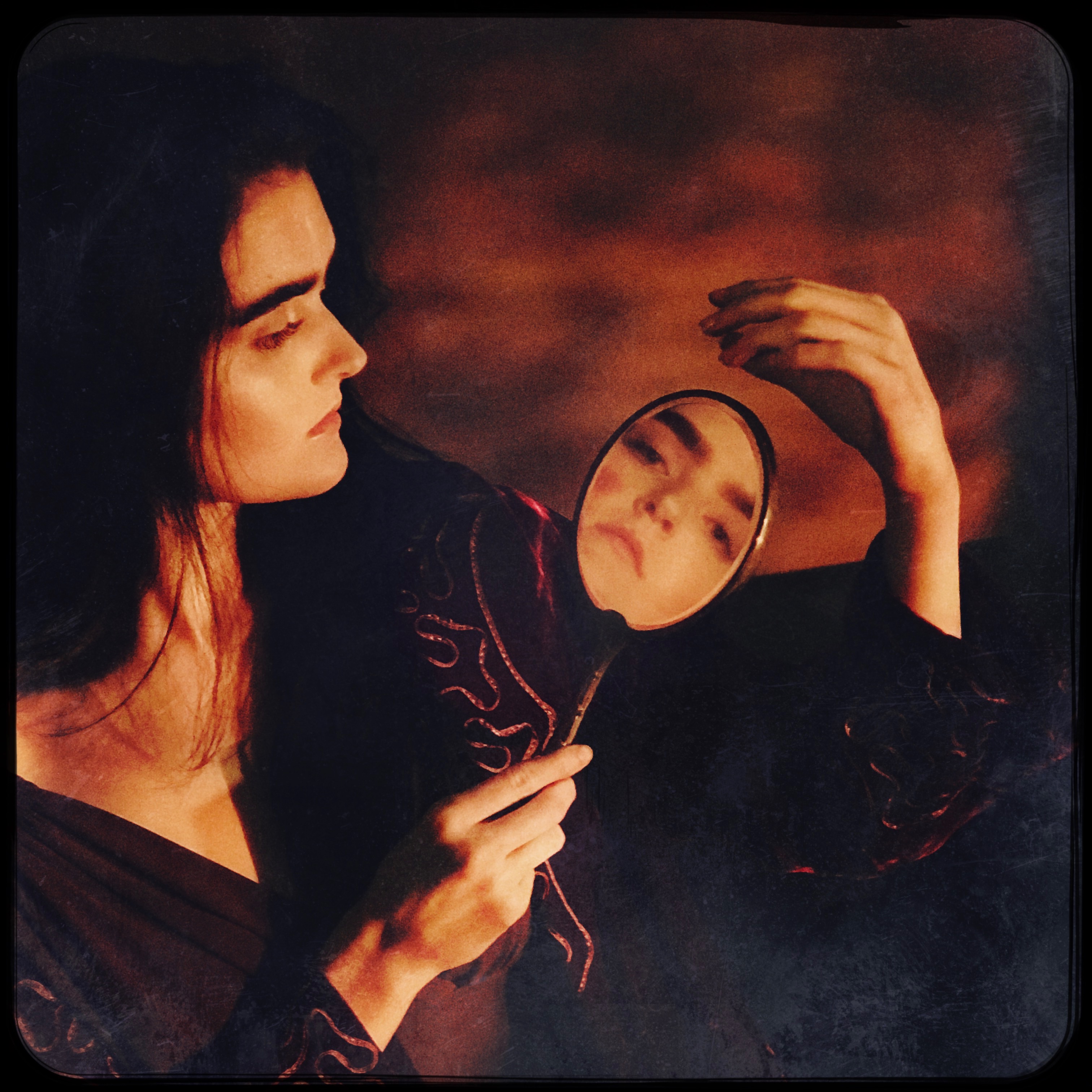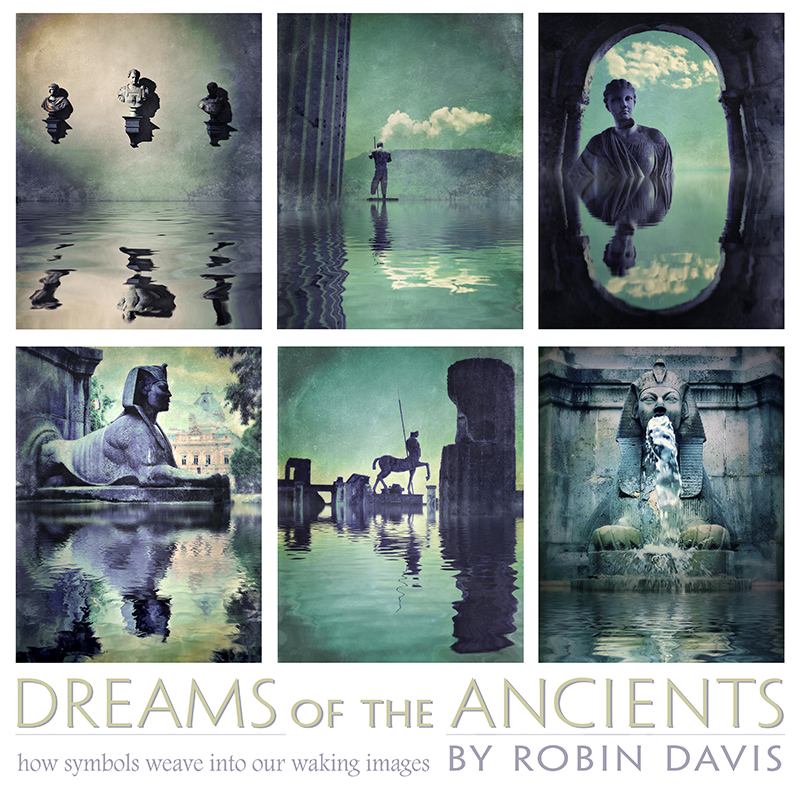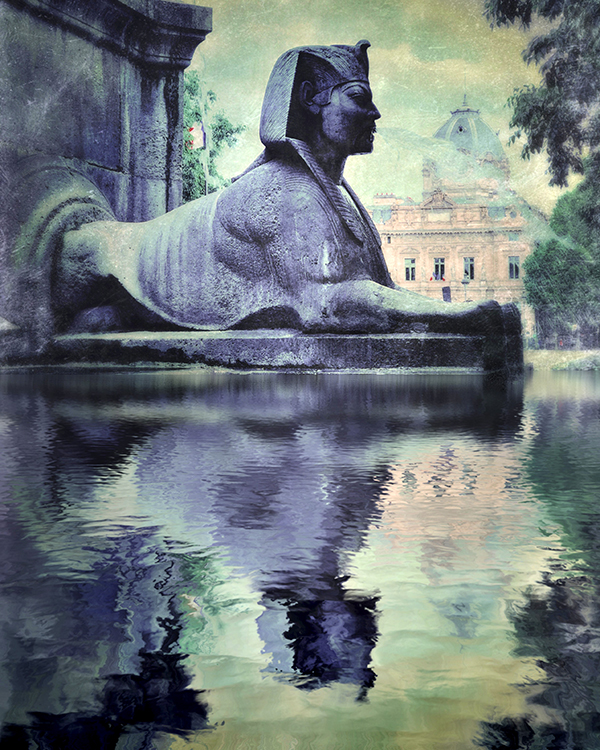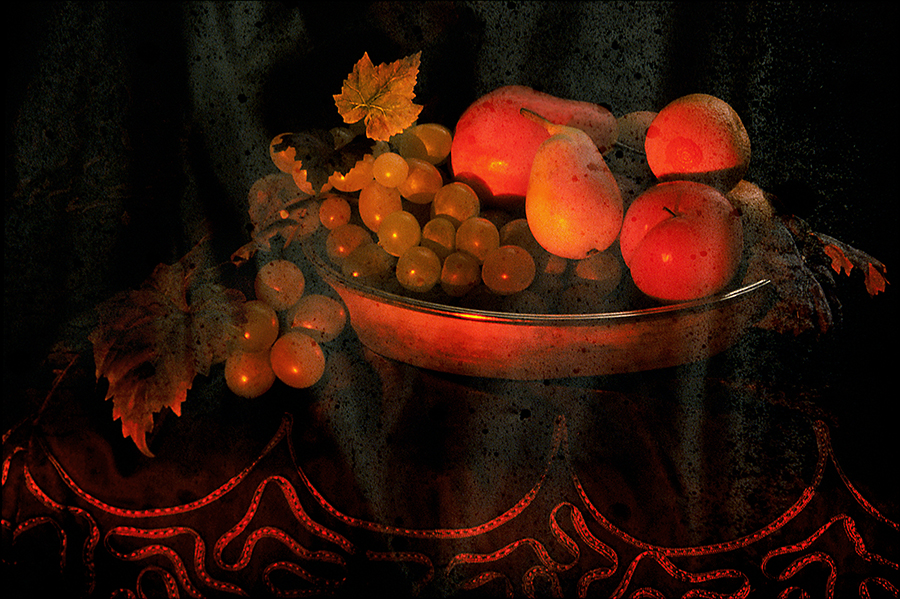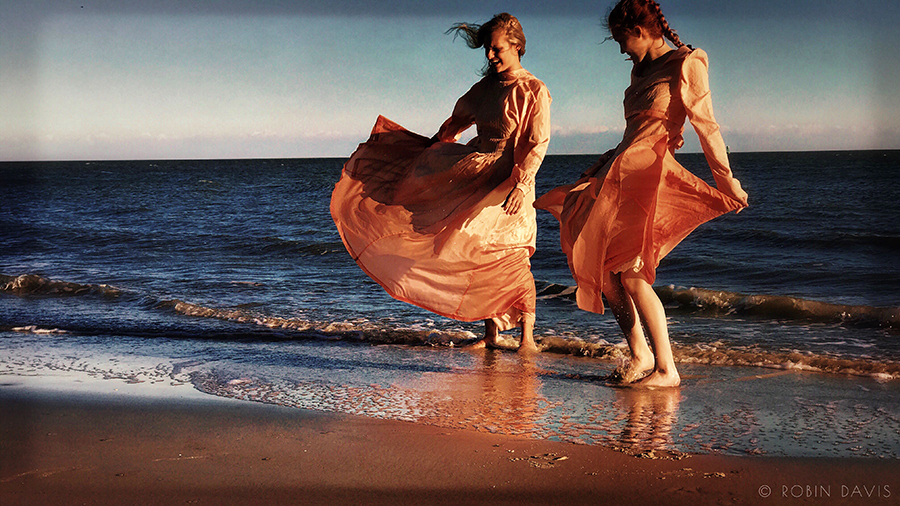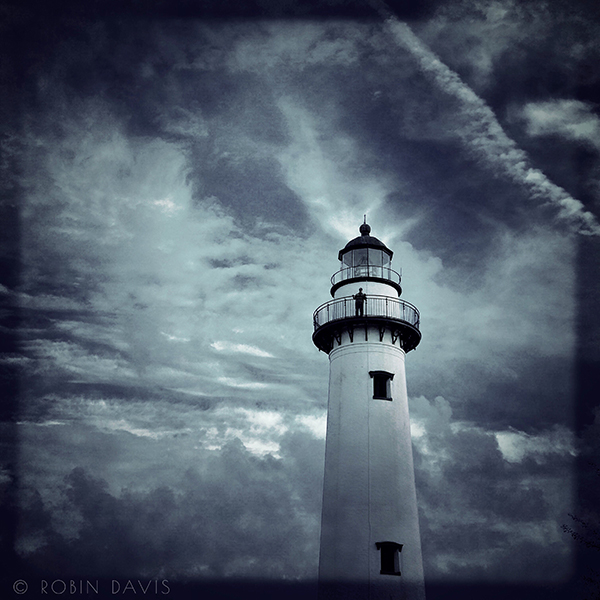A Coffee in Italy… in a Real Cup!
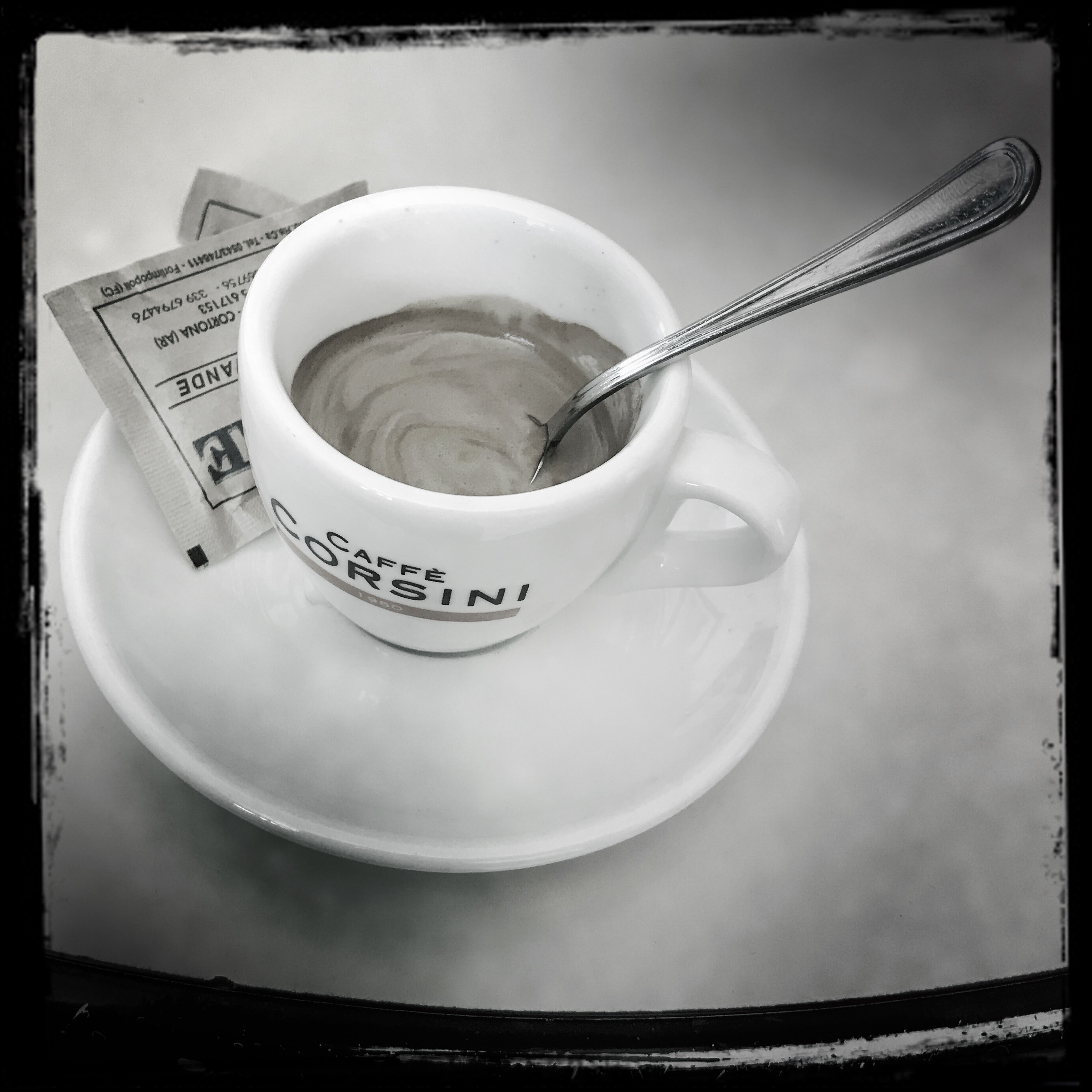
It’s the first thing I do when I arrive, and my last necessity just before I leave.
Before departing from the Rome airport is when The Incident happened!
See my story at the end…
A quick ritual in the rhythm of Italian Life
If an Italian invites you for a caffé, it will be a quick affair and you will stand at the bar. Don’t expect to sit down at the tables for long conversation.
This is something you do while on the way to do something else, not lounge around like it’s a coffee shop, camped out with laptops and time to kill.
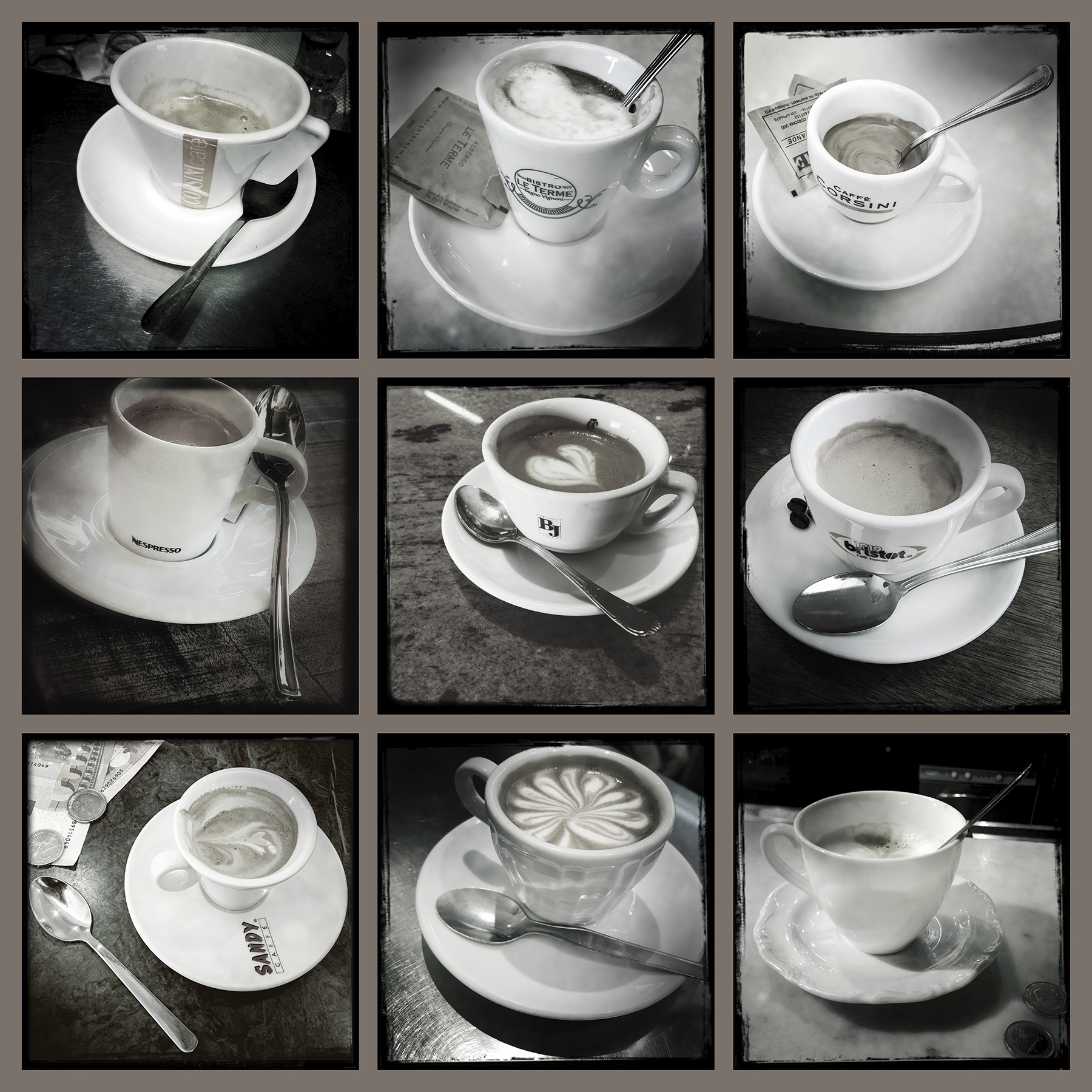
What do all of these have in common?
Something necessary for the full experience to be enjoyed !
On our Photo Workshops we pop into the bar and stand at the counter with the Italians for this little cup of perfection, then go… fortified to find and capture our very best photographs.
This habit is something I miss when I am back home. Yes I enjoy my morning coffee, and there are many wonderful coffee spots everywhere, but it’s just not the same for me.
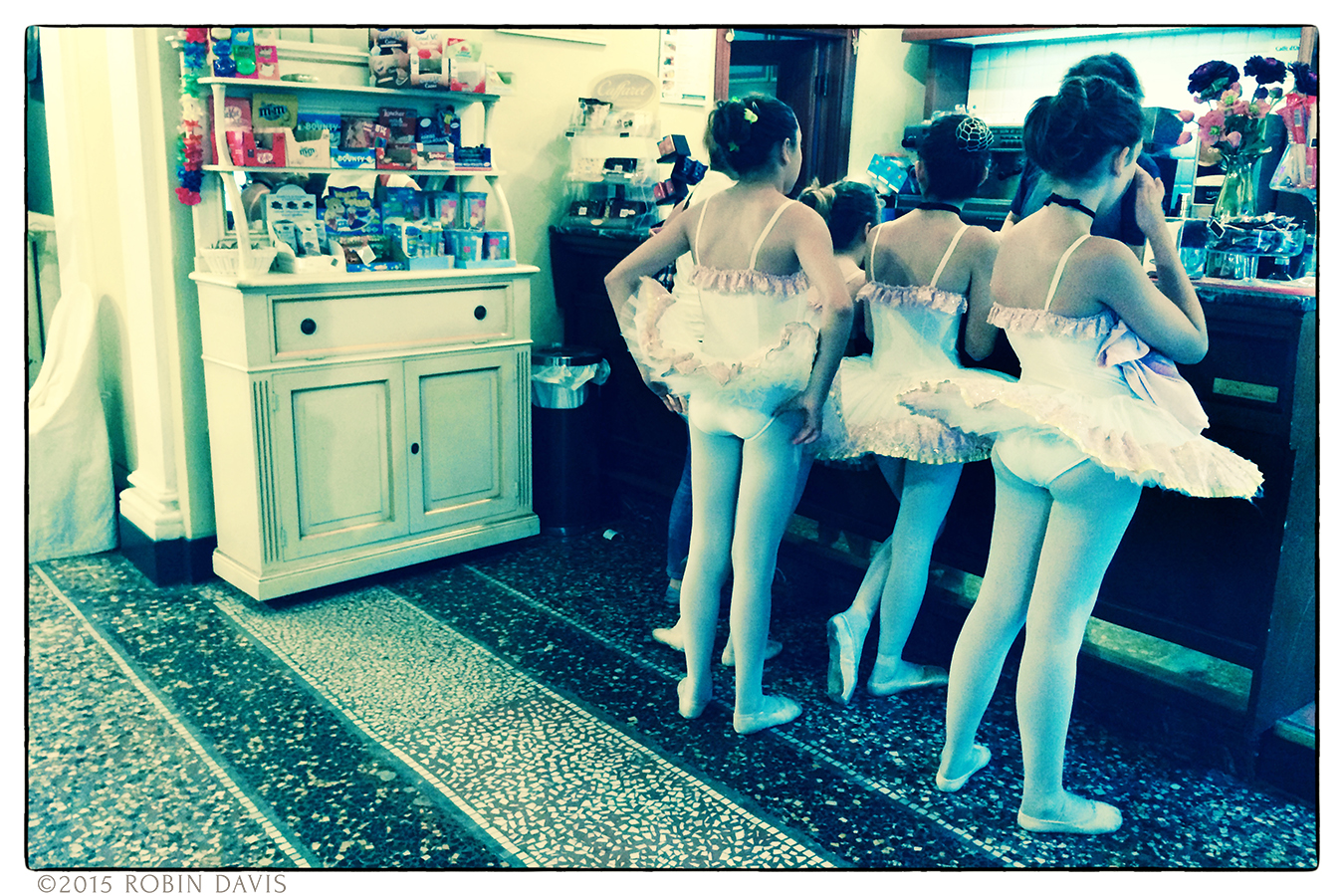
inside the wonderful Teatro Signorelli, Cortona Italy
The sounds, the aromas, the PLACE… The things that we remember are often the simplest of pleasures: a smell, a color, a fleeting feeling of being in sync with time. With coffee it’s all there in the moment.
So here’s the story, and this is what happened…
The very first thing I do when I arrive in Italy is get a coffee.
It is also the very last, and I was in the Rome airport terminal waiting for my flight, in anticipation of my last cup of the trip. There’s a particular bar where all the Italians go, and it is a frantically busy spot. You line up to pay the cashier first, then take your ticket over to the bar to place your order. With much excitement I waited my turn at the counter and asked the barista for a Caffé Macchiato. As I looked down the crowded bar there’s the familiar clink of cups on saucers and a musical overlapping of voices. I happily waited with anticipation to what would be my last cup of Italian coffee for a while.
Imagine my horror when he spun around and handed me a PAPER CUP!
What sacrilege is this!? I thought, Oh NO!
I physically recoiled. I could not reach out to take it. Struggling for the polite and correct words, I said “Preferisco una coppa reale!” – I would prefer a real cup!
With a slight smile and twinkle of respect in his eye, he quickly spun back around and plopped the offending paper cup into the trash, as he yelled loudly over the packed and busy crowd, “She would prefer a coppa reale!” and a ripple of laughter followed, all down the bar.
While “coppa” does mean cup, and “reale” means real, this is something you would never say. As my friend Daniela later told me, I SHOULD have said, “Preferisco una tazza vera” or “il caffé per favore nella tazzina di ceramica” to mean a demi tasse espresso cup and saucer. My word “coppa” goes back to Medieval Italian, describing a goblet-like cup that you would see illustrated on old Italian playing cards.
However, they knew exactly what I meant and a few moments later I had my real cup & saucer of Italian coffee in front of me, a tradition I hope will never change.
All images and text ©Robin Davis – Robin Davis Photography, Inc.

